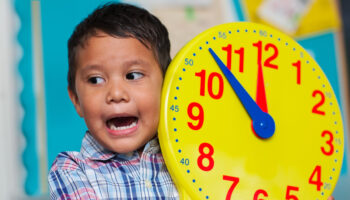Stefanie Camoni
There are a variety of program observation instruments available to Pennsylvania programs and three that are specific to school-age classrooms. Most are familiar with the SACERS-U® and CLASS K-3® but another instrument, the School-Age Program Quality Assessment® (SPQA) has been added to the list.
The SPQA evaluates the quality of youth programs and identifies staff training needs. Similar to the SACERS-U, there are a variety of items that look at the environment, interactions, and engagement. David P. Weikart founded the HighScope Summer camp, later called the Institute for IDEAS. In the late 1990s HighScope’s Youth Development Group took the learning approach developed at the Institute for IDEAS and delivered training for youth workers. In 2005, the Youth Program Quality Assessment (Youth PQA) was published after a multi-year study demonstrated that the observational assessment instrument was valid and reliable. The David P. Weikart Center for Youth Program Quality was launched in January 2008. At the conclusion of the joint venture with HighScope in 2010, the Weikart Center became a permanent part of the Forum. The SPQA was adapted from the YPQA, which addresses grades 4-12, while the SPQA focused on K-6 (http://cypq.org/).
The SPQA is broken down into 4 domains, 19 scales, and 70 items. It also includes extended scales that may be included if applicable. The instrument works on a 5-point scale, 1 being the lowest or not present, and 5 recognizing high quality practices within the item.
There is some overlap between all three instruments and items that are exclusive to each of them. The SPQA includes items that focus on school-age leadership, planning, reflection, and responsibility. The children would have opportunities to help others, plan, and provide feedback. Programs can review each instrument to determine which meets the program’s current needs.
Conducting an internal assessment is similar to that of SACERS-U. The assessor is expected to remain unbiased, observe, and take notes. The instrument looks for anecdotal notes for each item scored. The scoring will help programs decide what goals to create towards continuous quality improvement.
Still interested in learning more? Download a copy of the instrument for free here and watch the Michigan QRIS-ECIC School-Age PQA Walkthrough Webinar for a more in depth look at the SPQA. (Some browsers may not support this platform)




